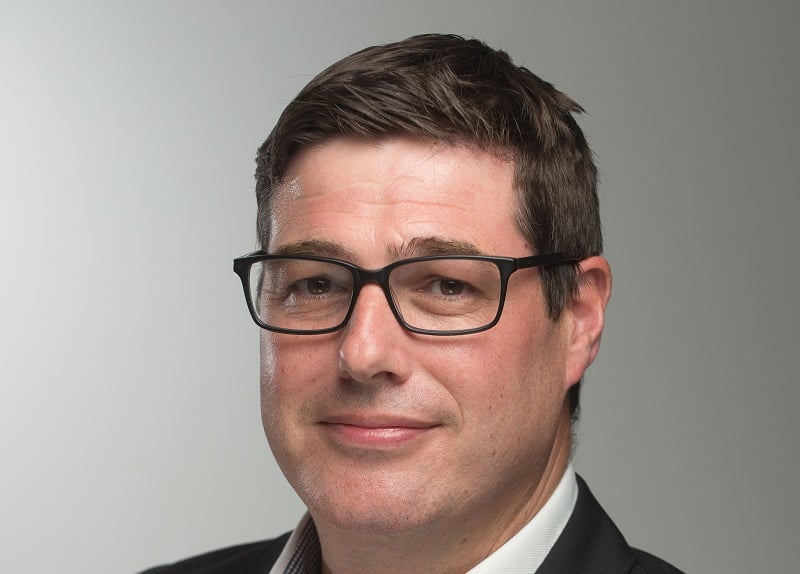We often hear that many advisers are uncomfortable considering a second charge as a solution for a capital raising borrower, mostly due to a lack of familiarity.

Gavin Seaholme (pictured), head of sales, Shawbrook Bank
The second charge market saw a huge amount of growth during 2019, with a rise of 15% between September and October and a total of over 28,000 completions throughout the year according the FLA.
Despite this, we often hear that many advisers are uncomfortable considering a second charge as a solution for a capital raising borrower, mostly due to a lack of familiarity.
Shawbrook recently saw a client looking to raise money to consolidate their debt and make their home ‘green’.
The broker and Shawbrook provided the client with a £220,000 second charge.
Despite the ‘lack of familiarity concerns, there are just five key differences with a second charge that you wouldn’t come across with a first.
Consent
You will need consent when the property title deeds have a restriction (an entry on the register which prevents a disposition) entered on it.
When this appears, the second charge lender will need to obtain the first charge lender’s permission to register the second charge.
Deed of Priority/Postponement (DoP)
This is needed where the first charge lender has the facility to offer additional borrowing.
This could be via a further advance or further drawdown as would be the case with a flexi-mortgage.
A BSQ
A Building Society Questionnaire can be required from any lender where the mortgage payments aren’t showing on the credit file.
If you need consent or a DoP, this can be fulfilled at the same time.
Proof that the first charge is on a repayment basis
The repayment type of a mortgage isn’t visible on the credit search so if the first charge is due to end before the second, or where the payment interest-only stress test fails, the new lender will need to evidence that it is on a capital and interest basis.
If it is an interest-only, they will need to understand what the repayment strategy is.
“Speaks”
Some first charge lenders need this too.
Also known as a pre-completion call, “Speaks” are a conversation that needs to take place between borrower and lender.
It confirms that the borrower understands on what basis they have applied to the lender and what their responsibilities as a borrower are.
The Case
Shawbrook were approached by broker partner My Sort of Loan with a client looking for a second charge loan to consolidate existing debt and fund home improvements.
The client required a significant loan size of £223,000, with over £200,000 of this going towards the consolidation of their debts.
In addition to the irregular loan size, the client had over 10 sources of income (made up of two jobs and nine private pensions) and due to their age, the case would be considered lending into retirement.
Shawbrook’s Solution
The specialist lender’s underwriters worked closely with My Sort of Loan to get their requirements clearly communicated and the necessary documents sent over.
The multitude of incomes were expertly handled by the broker and underwriting team, resulting in the client being provided with an offer within the desired timeframe.
The client was delighted with the initial offer and once accepted, Shawbrook released the funds at an LTV of 65% and a rate of 4.65% fixed for five years.
Outcome
Following the hard work from Shawbrook and their broker partner, the client had saved over £1500 per month in repayments and received the full amount of funds needed to complete the works on their house.
This included multiple solar panels on their roof, the installation of batteries and a hot water heating system to make use of the generated electricity, an external electric car charging unit and more – with the hopes to make their home as self-sufficient as possible.



